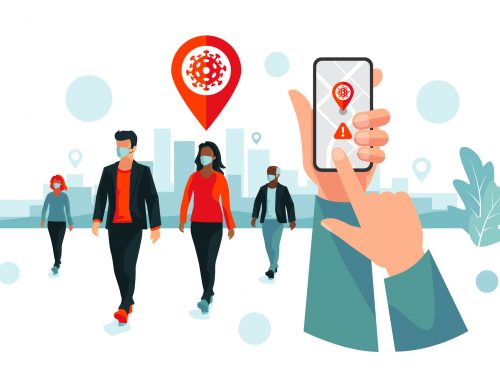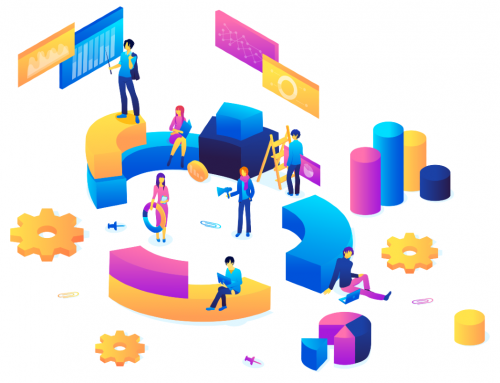Wearables are nearly everywhere. What happens when the data these devices collect is analyzed?? What are the benefits?? What are the potential problems?
Wearable technology is expected to be a 19-billion-dollar industry by 2018. Thirty-eight percent of respondents are interested in wearable medical devices; 40% of U.S. consumers are interested in having a smartwatch.
Wearable technology is the new mobile:? it’s taken off quickly and made itself part of our lives in record time. But what happens when the data from wearables meets data analytics?? Is this a good thing or a bad thing?
Stop Checking Out My Data
For both parties consumers and Big Data users the problems inherent in wearable technology data can be distilled into one word: privacy. Since wearables have the potential to track some uncomfortably personal things like general health and current physical location users should have fine-grained controls of how much of their information is shared, and to whom. For the data processors, attention to confidentiality and data security safeguards are going to be absolutely critical.
For marketers and other analytics users, there’s another facet of wearable technology that can present a challenge: an increased flow of all different kinds of data. Dealing with unstructured data in large amounts can be challenging; however, since the whole point of Big Data is processing huge quantities of data, this should be more a question of scalability and adjustment rather than an entirely new approach.
Obviously, consumers and companies don’t feel that these are insurmountable obstacles to wearable use! What benefits of wearable tech (coupled with data analysis) are driving this adoption?
How Data Analytics Can Help Wearable Wearers
For wearable tech users, the primary benefit aside from the cool factor is the convenience. There are some other upsides as well. Using wearable tech can help users track their health and get more fit. Wearable medical tech can help save lives in an emergency situation (e.g. if an elderly person falls, their wearable monitor can automatically contact them or send help). And wearables like Google Glass are just plain fun to use.
Other benefits from wearable tech are still primarily theoretical:? for example, aggregate data from wearable devices could help companies adjust working hours to when employees are most productive or better schedule public transportation services. Whether this will ever become a reality is unclear, but it’s an interesting concept.
How Wearable Data Can Help Marketers
The biggest way that wearable tech can help marketers is similar to other forms of data:? it provides them with more information, more insight into customer behavior. In the aggregate this can be useful; it can be very helpful in pinpointing geographically-based offers. But when it comes to hyper-personalization, data from wearables really shines. For example, a fitness tracker might reveal exercise habits that marketers can use to create a special offer. Someone who uses their wearable to view entertainment can receive notices about other games they might enjoy. And so on.
As a data source, wearable technology is very rich. It can create a complete profile of consumers and provide deep insight into the behavior of various demographic segments. Balancing the consumer’s right for privacy and need for control over their information is a concern, but the evidence suggests that many people are happy to reap the benefits of wearable technology.































